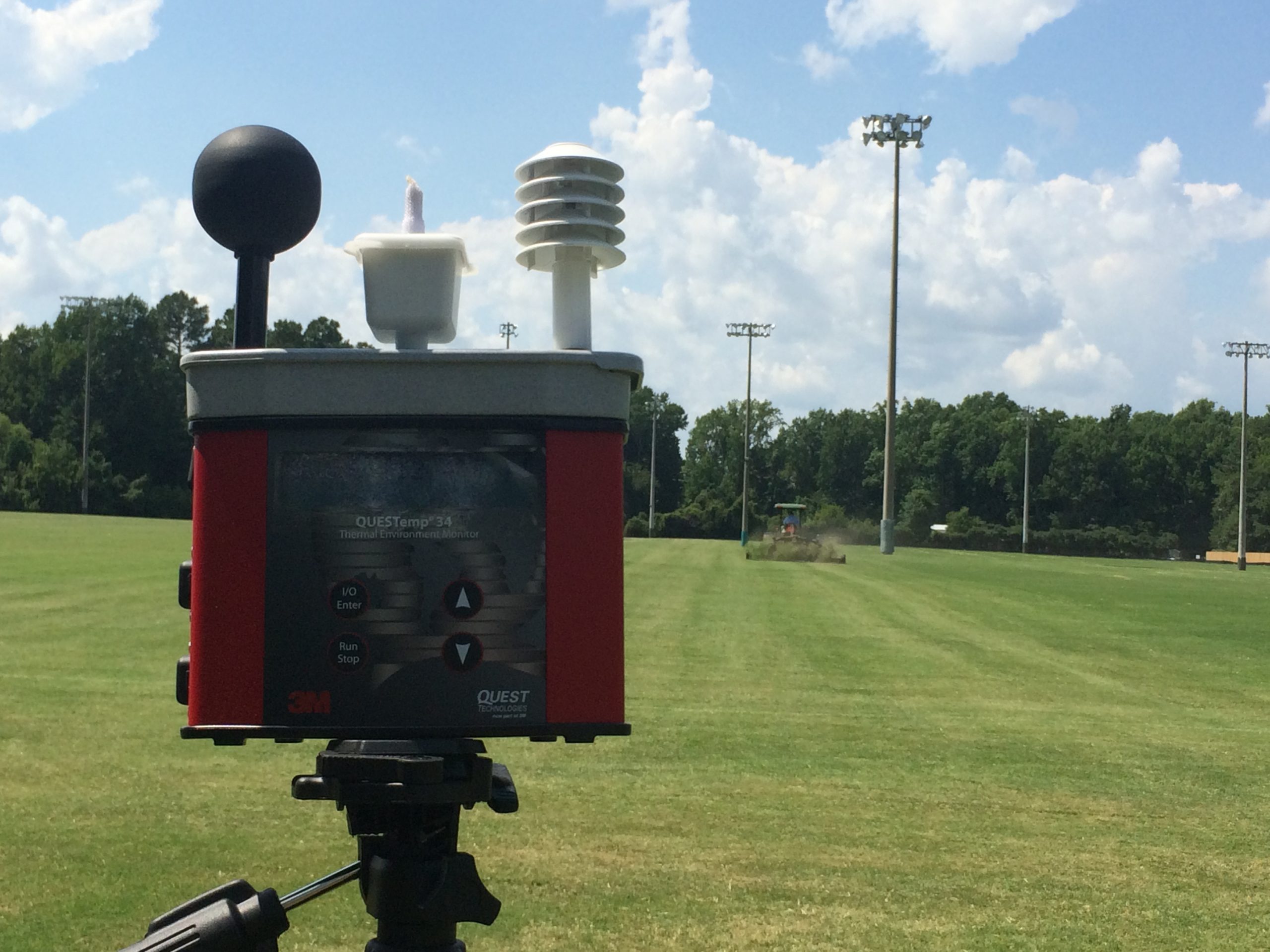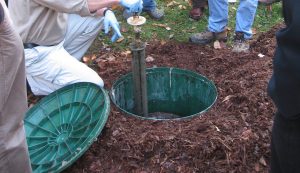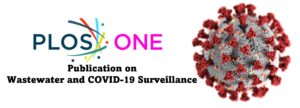Beck N*, Balanay JG, Johnson T (2018). Assessment of Occupational Exposure to Heat Stress and Solar Ultraviolet Radiation among Groundskeepers in an Eastern North Carolina University Setting. Journal of Occupational and Environmental Hygiene 15(2):105-116.
Abstract
Groundskeepers spend most of the year working outdoors, exposing them to heat and solar ultraviolet (UV) radiation and increasing their risk to related adverse health effects. Various studies on heat and UV exposures in different occupations have been published, but those on groundskeepers are rare. The purpose of this study was to assess the exposure to heat stress and solar UV radiation among groundskeepers in an eastern North Carolina university setting. Wet bulb globe temperature (WBGT) index using a heat stress monitor and UV effective irradiance (UVeff) index using a digital UV meter were recorded in various work areas 3 times a day (morning, noon, afternoon) and during 3 seasons (spring, summer, fall). Data analysis was conducted using descriptive statistics, analysis of variance (ANOVA), Tukey Honestly Significant Difference (HSD) and Pearson Correlation tests. The mean (±SD) WBGT index was the highest in the afternoon (25.4±5.0°C), summer (27.8±3.1°C), and July (29.0±2.6°C); the mean UVeff index was the highest at noon, summer and June (0.0116±0.0061, 0.0101±0.0081 and 0.0114±0.0089 mW/cm2, respectively). Differences in the mean WBGT and UVeff indices within the time periods of day, seasons and months were significant (P<0.01). The overall correlation between WBGT and UV indices was moderate (r=0.42, P<0.01) but lack of correlation was found during different times of the day during the fall and summer seasons. The largest percentages of WBGT indices exceeding the American Conference of Governmental Industrial Hygienists (ACGIH) threshold limit values (TLVs) for different workloads were found in the afternoon (11.3–40.7%), summer (14.6–56%) and July (28.8–76.3%). The mean UVeff for noon (0.0116 mW/cm2) and afternoon (0.0100 mW/cm2) exceeded the TLV for 30-min exposure. This study shows that groundskeepers are potentially exposed to excessive heat stress and UV radiation, and are at risk to developing heat- and UV-related illnesses. The study findings will be beneficial in implementing recommended control measures to prevent heat stress and UV exposure among groundskeepers and other similar outdoor workers.
Limited free online copies of the article are available through this link.
*Nicole Beck is a 2016 graduate of our MS Environmental Health program.




